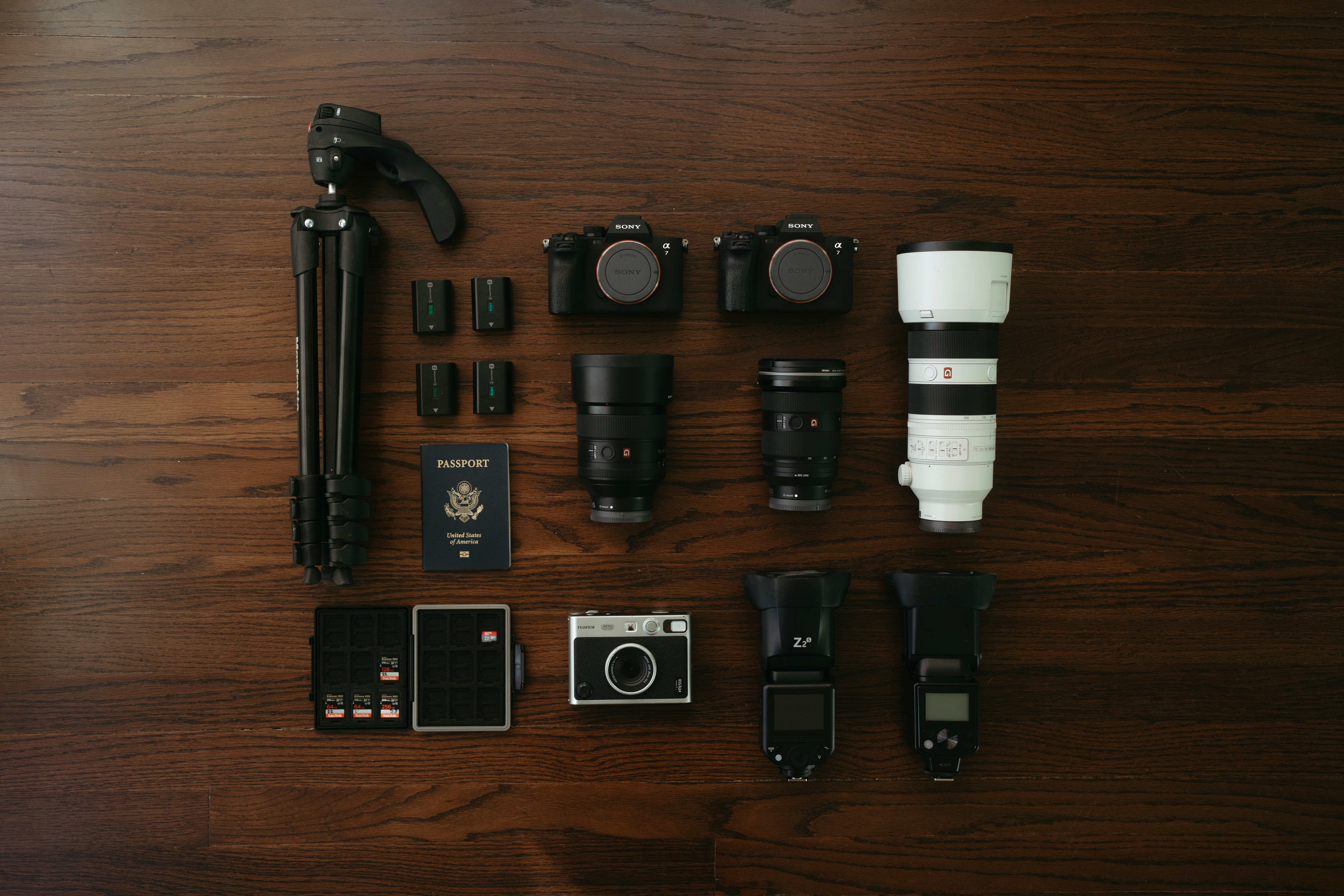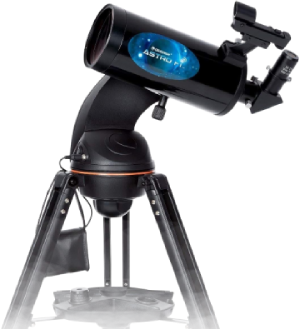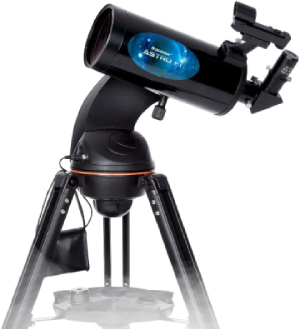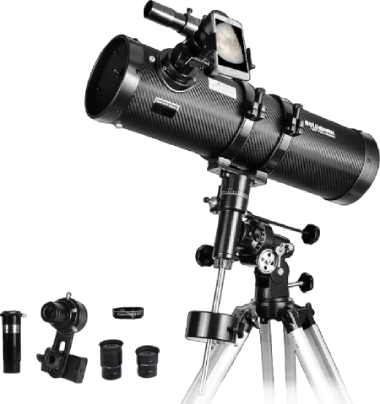So, you've just bought your first telescope—congrats! But the journey doesn't end there. Just like a camera needs the right lens or a car benefits from a quality GPS, your telescope requires a few essential accessories to unlock its full potential.
Why Accessories Matter for Beginner Astronomers

Whether you're trying to get a clearer view of Jupiter's moons or simply want to avoid neck strain during a long stargazing session, having the right tools makes all the difference.
This guide is tailored for beginner stargazers and amateur astronomers looking to elevate their viewing experience. We'll walk you through must-have accessories, how to choose the right ones, and which options offer the best value for your money.
✨ James Webb Nebula Gallery
Must-Have Telescope Accessories: 1. Barlow Lens (Celestron Omni 2X Barlow Lens: coated optics, fits 1.25” eyepieces – best for detail lovers) | 2. Red Dot Finder (Orion EZ Finder II: easy alignment, no magnification – best for urban use) | 3. Moon Filter (SVBONY 1.25inch: 13% transmission, reduces glare – best for moon watchers) | 4. Eyepiece Kit (Celestron 1.25” Kit: 5 eyepieces, 7 filters – best all-in-one set) | 5. Tripod or Mount (Vanguard Alta Pro 263AB: stable, adjustable – best for long exposure and astrophotography)
Start Small, See Big
Investing in the right telescope accessories can dramatically enhance your night-sky adventures. Whether it's clearer details on Saturn’s rings or simply more comfort during observation, these tools help you fall in love with astronomy all over again.
👉 Ready to upgrade your gear?
Can't Sleep?
Celestron Astro Fi 102 Review: The Ultimate Beginner-Friendly Smart Telescope for Stargazing Enthusiasts
Buying Guide: How to Choose Telescope Accessories
When shopping for accessories, consider the following:
- Compatibility: Make sure your telescope’s eyepiece size (usually 1.25 inch or 2 inch) matches the accessory.
- Functionality vs. Price: Start with essentials (Barlow lens, finder scope) before moving on to advanced gear.
- Material Quality: Opt for coated optics and metal housings over cheap plastic alternatives.
- User Reviews: Look for accessories that have been tested by fellow beginners.
- Bundle or Separate: Kits can be cost-effective, but only if you’ll actually use all the parts.
Pro Tip: If you're on a budget, prioritize a Barlow lens and moon filter—these two make the biggest impact for the lowest cost.


